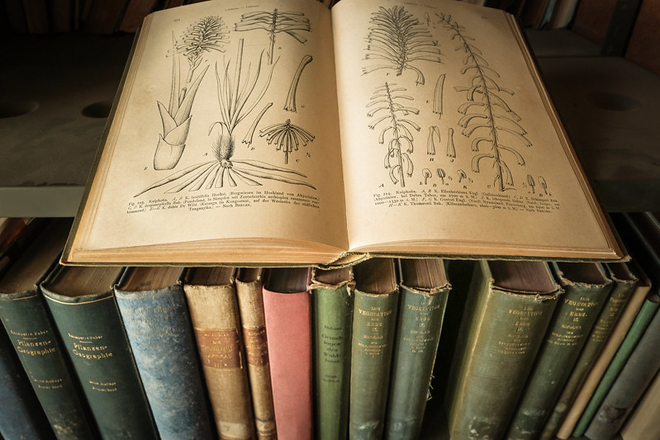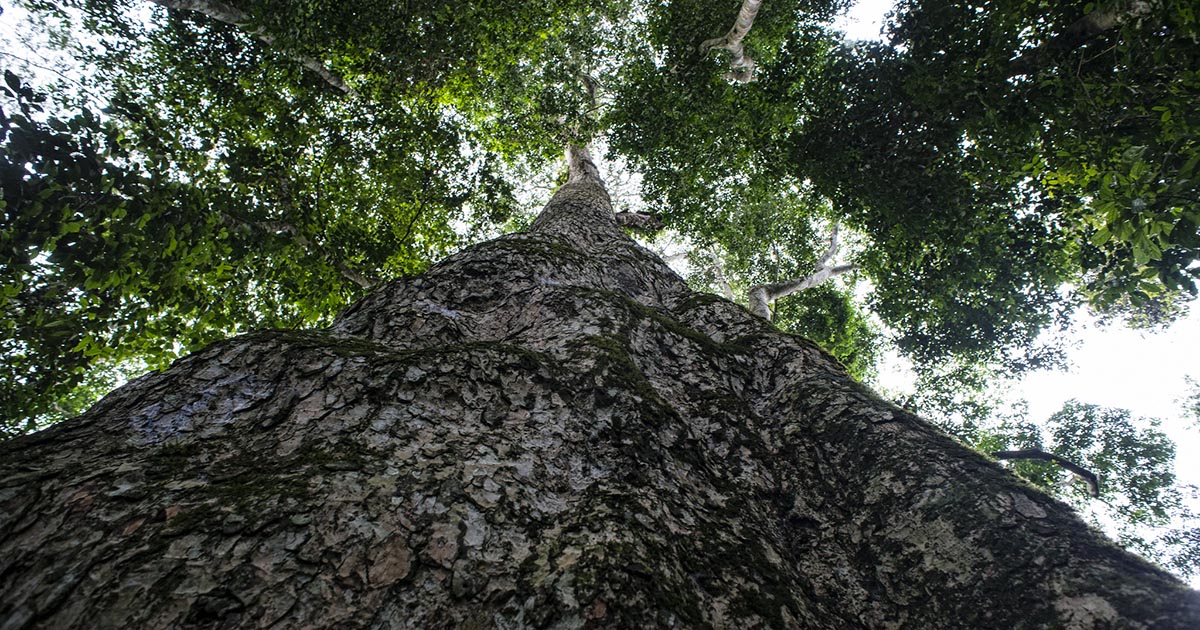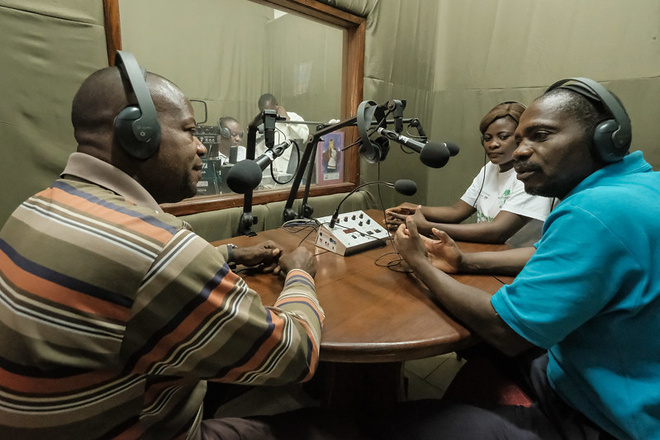Restoring natural ecosystems has the potential to remove billions of tons of CO2 annually through the end of the century, but rigorously measuring the climate impacts of restoration activities on the ground remains elusive. Ecosystem restoration interventions across hundreds or thousands of smallholder properties require robust above-ground biomass (AGB) products at high spatial (deca-metric: 10–30 m) resolution for annual monitoring, reporting, and verification (MRV). In addition to ongoing monitoring, historical AGB time series across the region are also necessary. Historical maps are for example needed for eligibility checks and the selection of appropriate counterfactuals, i.e., to establish a dynamic performance benchmark. We present a novel AGB product based on a recently developed foundation model leveraging progress in self-supervised learning (SSL) techniques from multi-spectral Earth Observation (EO) time series. The foundation model is non-contrastive and condenses all available spectral observations acquired within a year into a few, orthogonal and highly informative representations at 10 m (for Sentinel-2) and 30 m (for Landsat 7/8). Combined with spatially sparse Global Ecosystem Dynamics Investigation (GEDI) full-waveform measurements at two relative heights (RH95 and RH10), but otherwise without any further fine-tuning, we are able to estimate forest biomass with an RMSE of
DOI:
https://doi.org/10.1016/j.rse.2025.114774
Altmetric score:
Dimensions Citation Count:

Publication year
2025
Authors
Atzberger, C.; Immitzer, M.; Hemes, K.S.; Kästenbauer, M.; López, J.; Terra, T.; Rajadel-Lambistos, C.; de Souza, S.F.; Trabaquini, K.; Wolff, N.
Language
English
Keywords
ecological restoration, aboveground biomass, climate change mitigation, satellite imagery, remote sensing, agroforestry, monitoring, forests, time series, carbon sequestration
Source
Remote Sensing of Environment. 327: 114774
Geographic
Brazil














